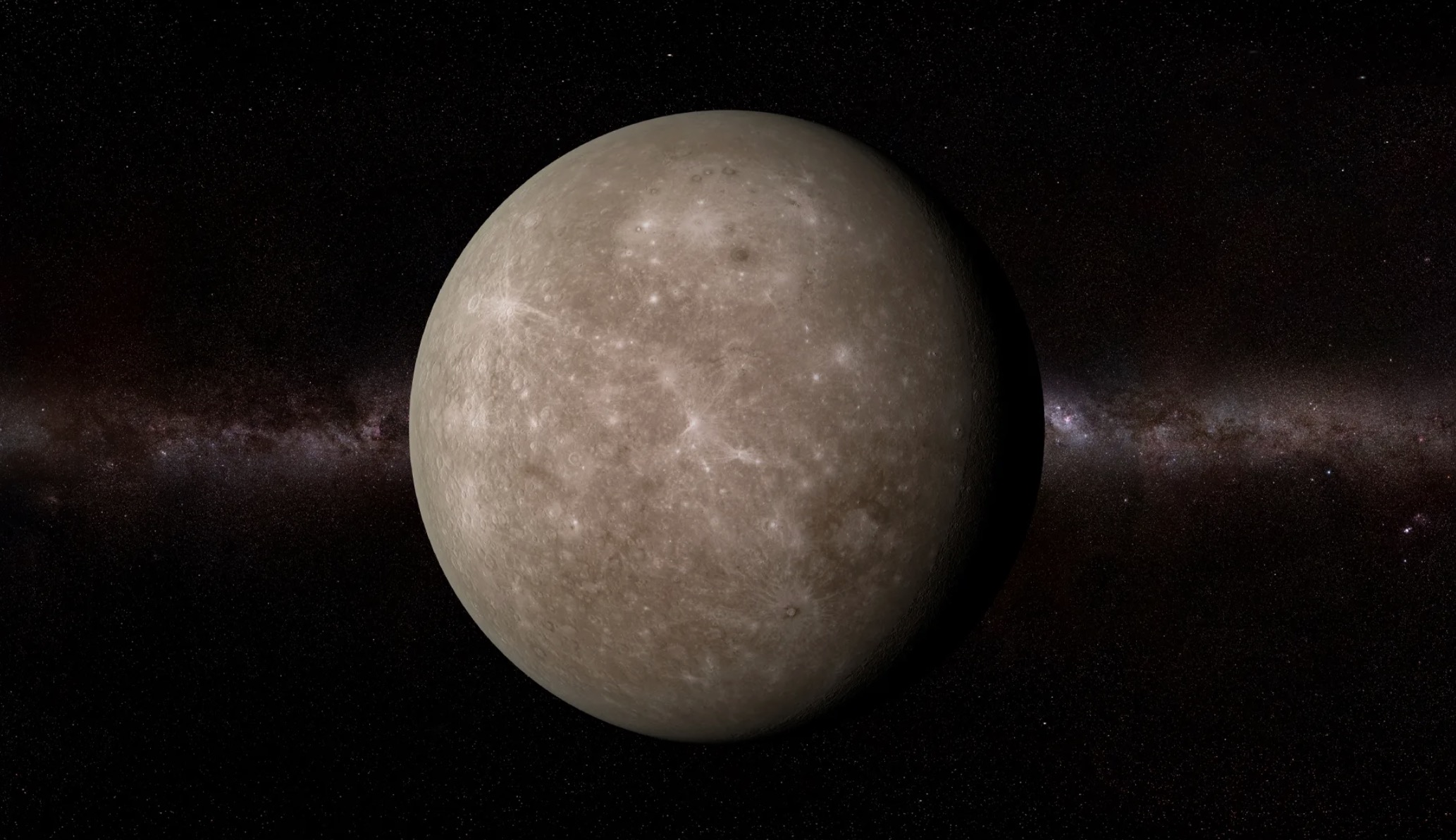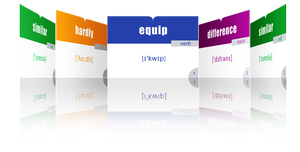SCIENCE-MERCURY
- Подробности
- 466
Mercury is the smallest and closest planet to the Sun. It goes around the Sun in 88 days and spins once every 59 days. It has almost no air and no moons, so days are very hot and nights very cold.
MERCURY

Mercury is the smallest planet and the closest to the Sun. Its surface is rocky and covered with many craters, similar to our Moon. Inside, it has an unusually large, iron-rich core and even a weak global magnetic field, which is rare for such a small planet.
On average, Mercury is about 57.9 million km from the Sun. Its orbit is not a perfect circle but oval: it comes as close as about 46 million km and goes as far as about 69.8 million km.
Mercury goes around the Sun in 88 Earth days—this is one year on Mercury. It turns once around its own axis in about 59 Earth days—this is one day on Mercury.
Temperatures are extreme: during the day the surface can reach about +430 °C, and at night it can drop to about −180 °C. Mercury has almost no atmosphere to trap heat—only a very thin exosphere made of atoms like sodium that can form a long tail away from the Sun. In permanent shadow near the poles, cold craters can even hold bright water-ice deposits.
Mercury has no moons or rings. A giant impact crater called the Caloris Basin shows its violent past, and great curved cliffs (lobate scarps) reveal that the planet cooled and shrank over time. Space missions such as Mariner 10, MESSENGER, and the ongoing BepiColombo project study Mercury to learn how rocky planets near the Sun form and change.
LISTEN TO THE TEXT





 Как правильно изучать английский язык по карточкам (статьи)
Как правильно изучать английский язык по карточкам (статьи)